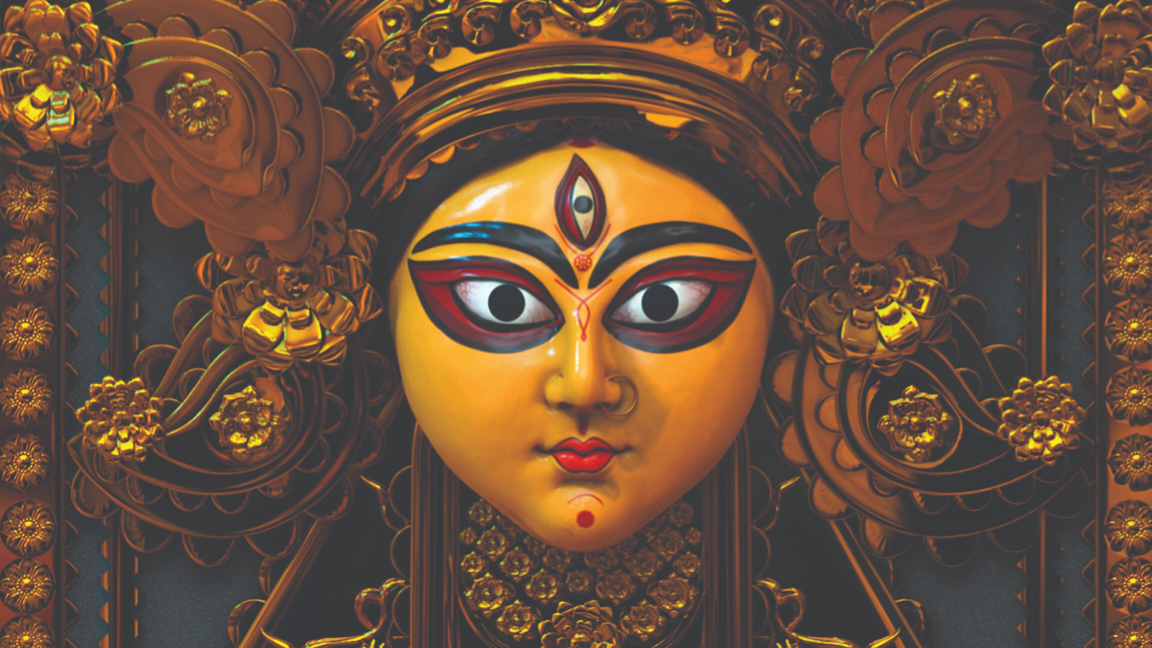
Surajit Sen is a professional 3D character modeller and digital sculptor from Mumbai, India. He began his career as a graphic designer, and has worked within the 3D field for over 20 years. To date, Surajit has created over 5,000 sculptures, ranging from work on VFX for major movies, series and advertising projects, as well as developing his own personal projects.
If you're inspired by Surajit's work, take a look at our guide to the best 3D modelling software. New to 3D modelling? Check out our collection of the best ZBrush tutorials to brush up on your skills.
Inspiration can strike us from any number of sources. It could be what we see and experience within the world around us, influences from other creators, or experimenting with different techniques and materials, to name just a few.
Some artists possess an enviable skill: the ability to visualise a concept from scratch in their minds, building up their creation without needing to touch any software or materials. One such artist with this impressive capability is Surajit Sen. I sit down with the artist to discover more about their work, inspiration and process, but you can see more from Surajit Sen's portfolio on ArtStation.
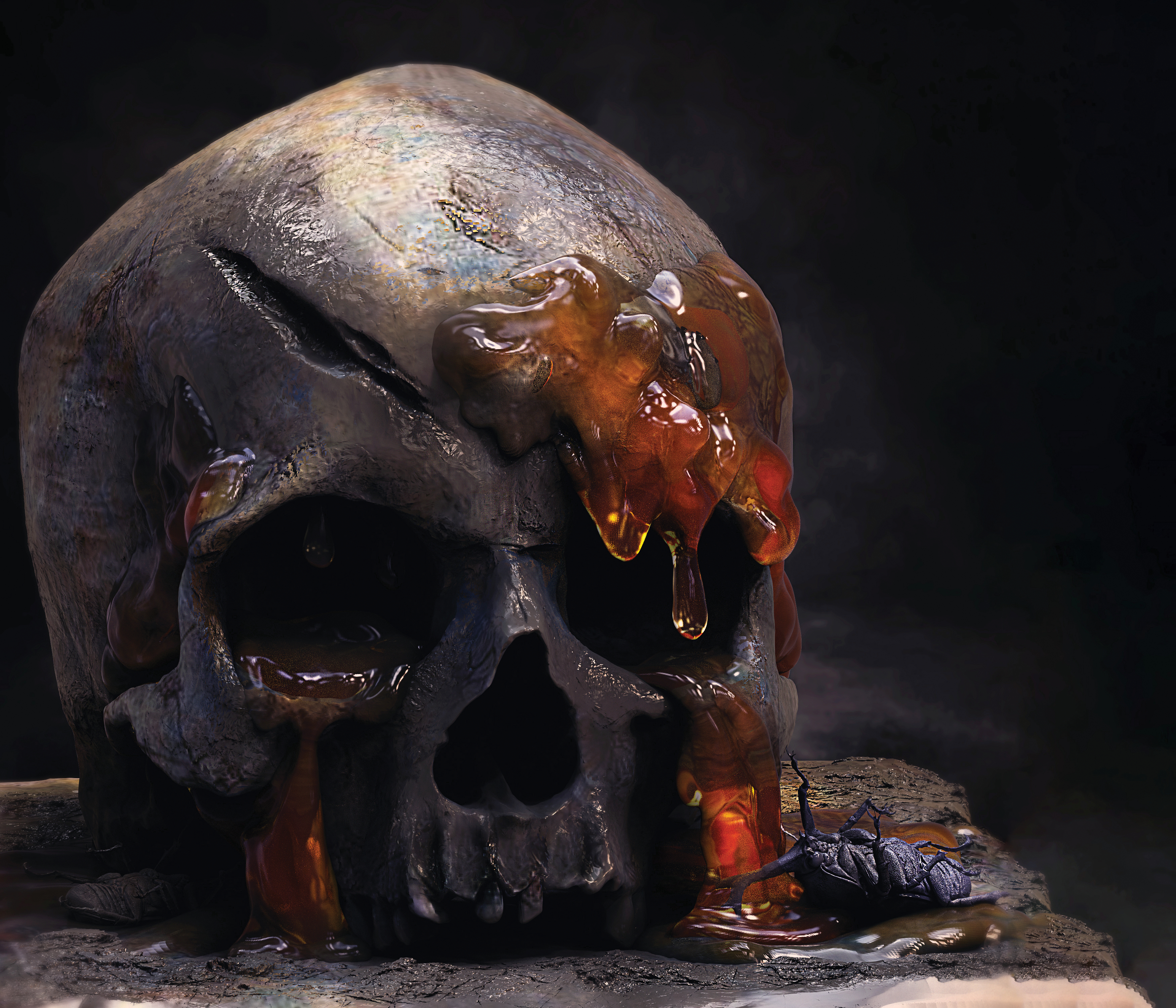
What’s the aim of your artwork? What are you trying to achieve?
To express my thoughts without any compromise! It’s challenging to express our own thoughts or concepts this way, and not only digital media. I’m trying to create sculptures exactly as I see them in my vision.
When I start my work, I first close my eyes and collect all of my ideas from every perspective, then work on it. These are all my references.
When I’m done with my creation, I then check back with my thoughts. If I get the exact output that’s in my mind then I finish my work. This is my achievement.
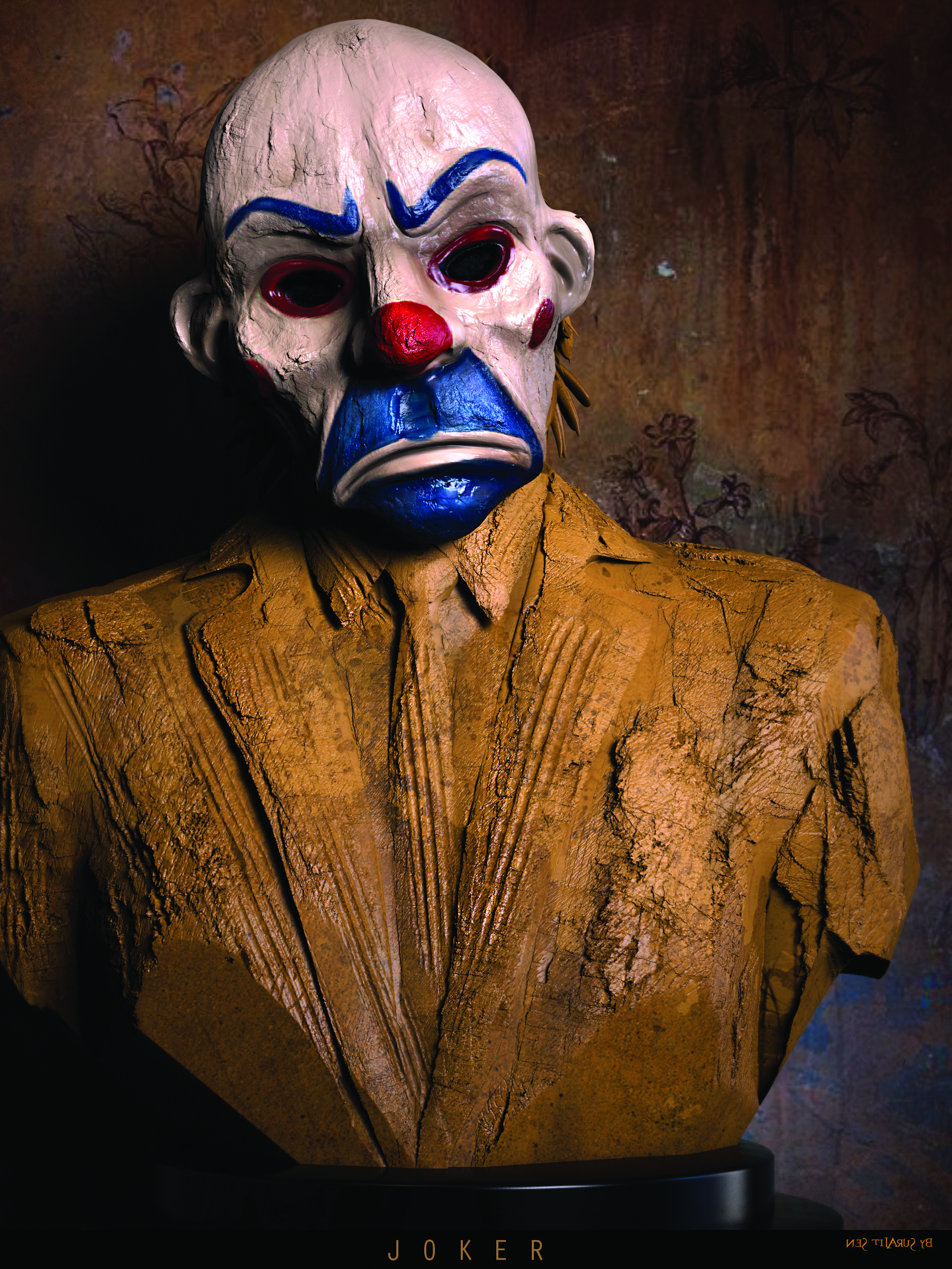
Many pieces of your work seem centered around a horror aesthetic. What inspires these?
Creatures are my core subject as well as my main interest. You can see that every sculpture wants to say something, and is carrying messages and information. Maybe it’s horror or science fiction, or perhaps some hidden message.
I like to create these types of sculptures. I believe that if you make an effort to create a realistic human character or likeness, you can eventually achieve that goal.
There are a lot of references available and so many advanced applications now out there on the market. With your observation, anatomy and obviously software skills, you can build a very close likeness of a character nowadays.
But I go for concept creatures and characters that have unusual anatomical features, so along with observation, anatomy and software skills, one more skill is required: visualisation. I very much enjoy that one. I like to use my mind to visualise character sculptures.
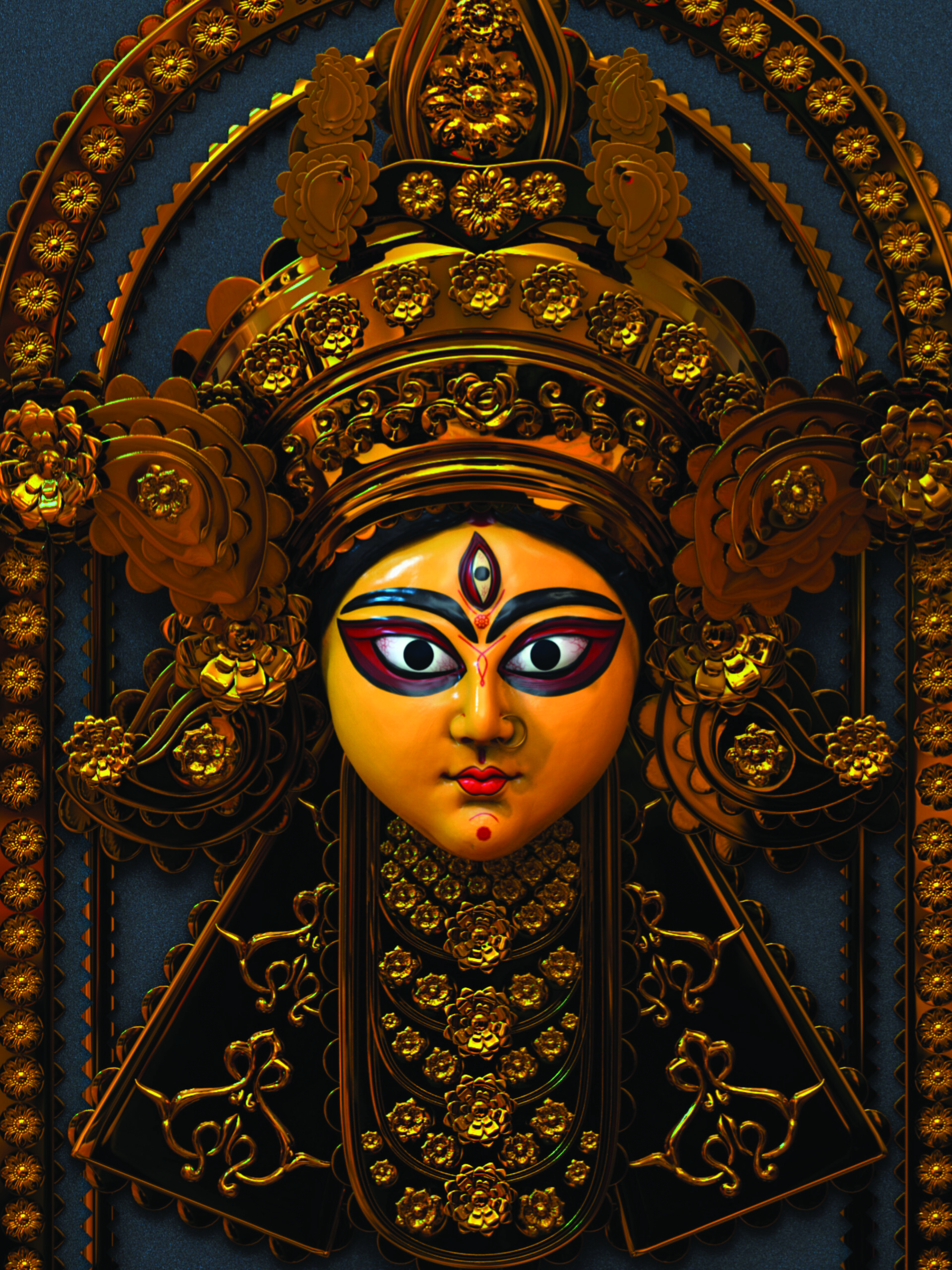
Can you explain a little more about your process?
Sometimes I create a patchwork of digital sculptures, unfinished clay sculptures, or sculptures with some erroneous areas that look as though they’re unused or abandoned. I like to create these types of sculptures, so that everyone is different from the others.
To me, sculpting doesn’t feel like a chore. It’s a part of my life, just like any other regular activity. Sculpting doesn’t tire me.
As a character sculptor, I try to visualise new things, new characters, before I create. It’s almost as if these characters provide me with new ideas and concepts to create even more characters. I create.
It’s almost as if these characters provide me with new ideas and concepts to create even more characters.
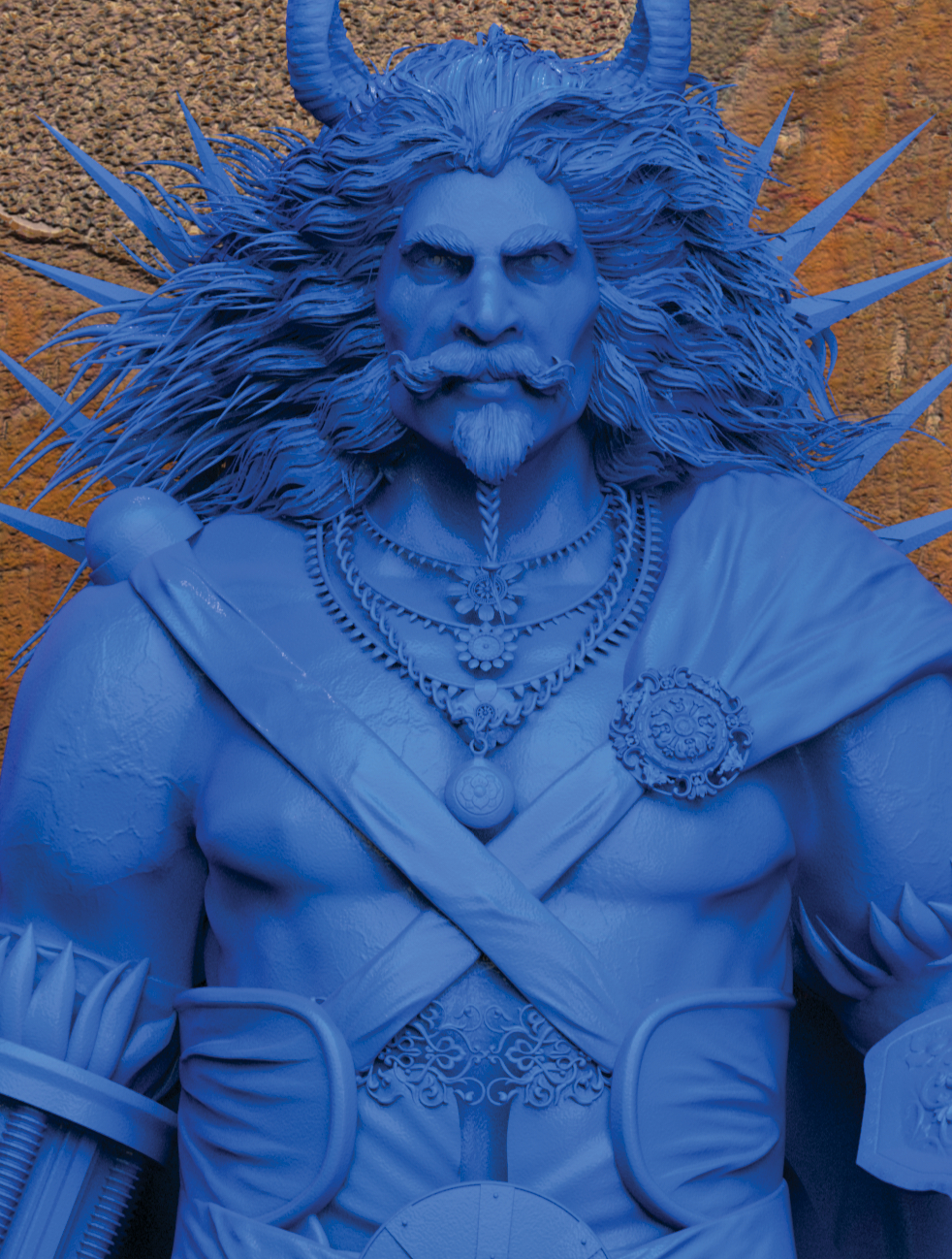
How did you become involved in 3D design?
Once upon a time I never knew I’d come to work in the 3D industry! Initially, along with my academic study, I completed a painting and sculpting course at art college in Kolkata. I then joined a multimedia course at Arena Animation.
After finishing that course in around 2002, I found that I enjoyed the 3D modelling work, especially character modelling. But at that time there was no advanced software, tutorials or skilled artists to guide me properly.
I was so confused and searching for a way I could learn more to follow the path as my profession. Fortuitously, in 2002 I was given the chance to work professionally in 3D. As I was creating traditional sculptures at the time, it was a surprise to discover the growing world of digital art.
While visiting a friend, I saw some of his 3D art on his computer and that became a turning point, as I decided 3D was the world for me. An advertising project was the starting point for my career in the 3D industry. I trust education, degrees and diplomas, as they show us the path we can follow. But walking that path is our own responsibility, and we have to learn a lot ourselves. Self-study is the one and only way to develop yourself, and I follow this without exceptions.
Every day I learn from professional or personal projects. I always try to do something new outside of my comfort zone, and it helps me a lot. We should always be open to learning from anyone, any media and any project.
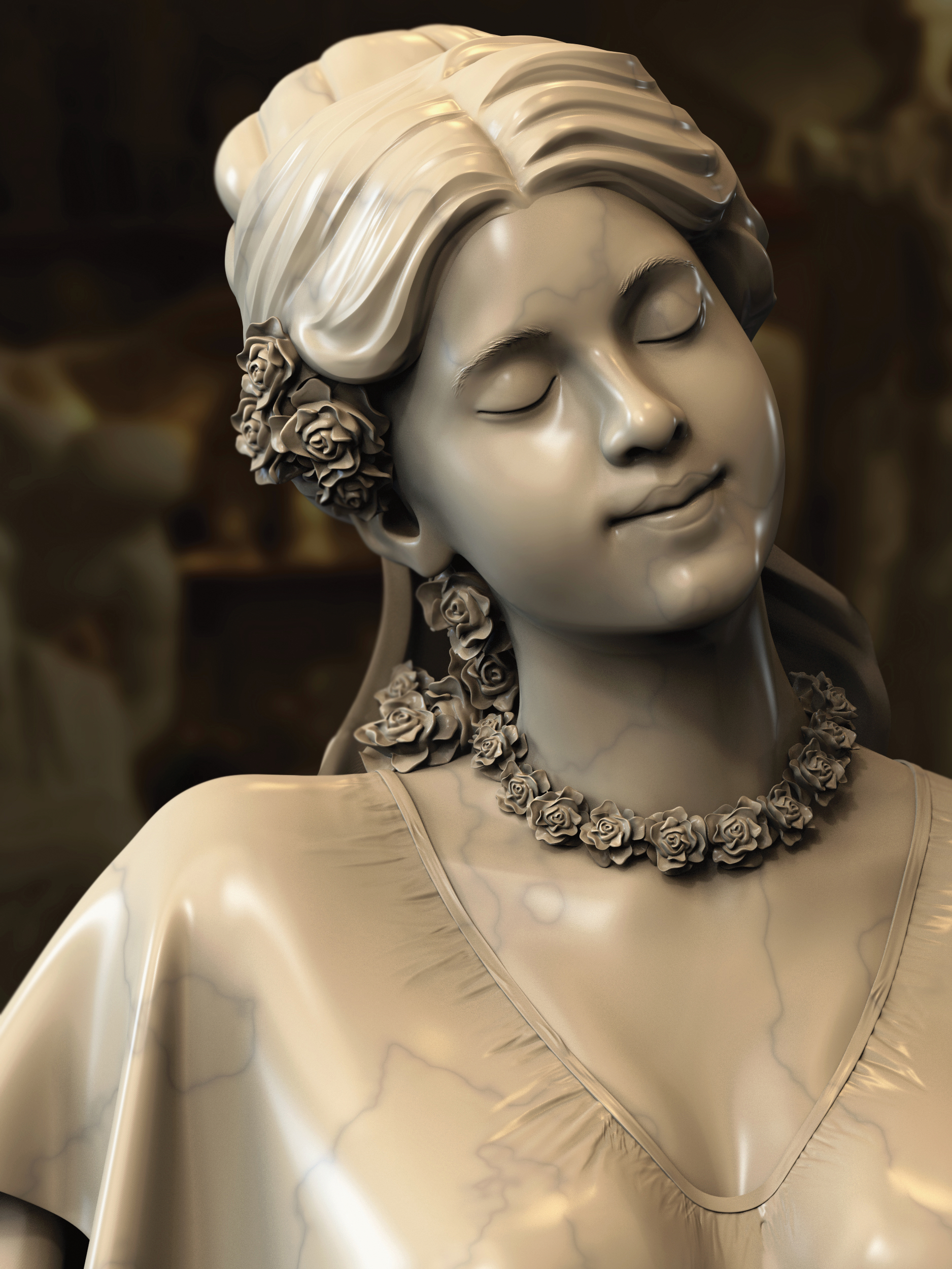
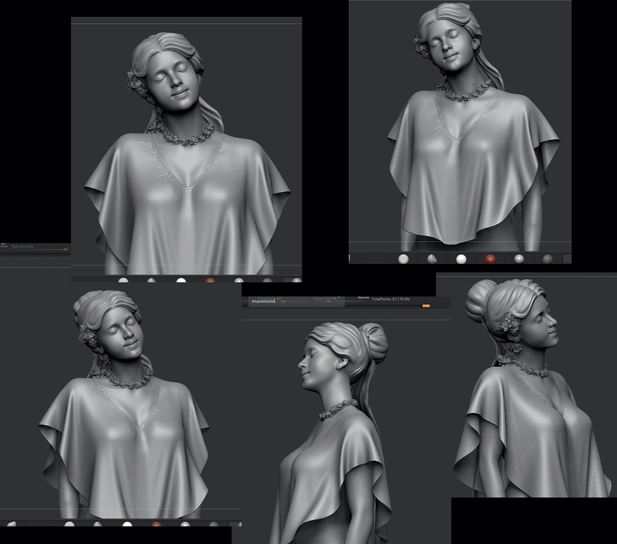
What inspires you?
All of the likes, comments and criticism I receive are a booster for me every day! But I feel it’s difficult to pick just one particular source of inspiration. I’m inspired by Leonardo da Vinci for anatomy, Michelangelo for patience, Pablo Picasso for his unique style, [Indian film director] Satyajit Ray for his creativity, and our interns for their hunger for knowledge.

A lot of your pieces appear to be based around natural and organic materials, is there a reason behind this?
Lots of people ask me this. I have an art background, and my core subject was traditional sculpting. Clay sculpting is one of my favorite subjects, and I learned fundamental anatomy and lots of other stuff through my study.
But nowadays I’m fully involved in the virtual world, so I’m trying to work my traditional skills into digital sculpture; my strokes, patches and basic blocking all are like traditional sculpting. In this way, I create a world of virtual yet traditional sculpture assets, and I continue my favourite work in digital mediums.
How many years of experience do you have? Do you sculpt in your spare time as well as your professional work?
To date, I have over 21 years of experience in this industry. I can’t believe that number! But there are a lot of things I still have to learn. After my studio work, I can’t go to sleep without doing my personal study. Every day I study and create sculptures, and the next morning I look back at the previous night’s work, point out my faults, and try to fix them next time.
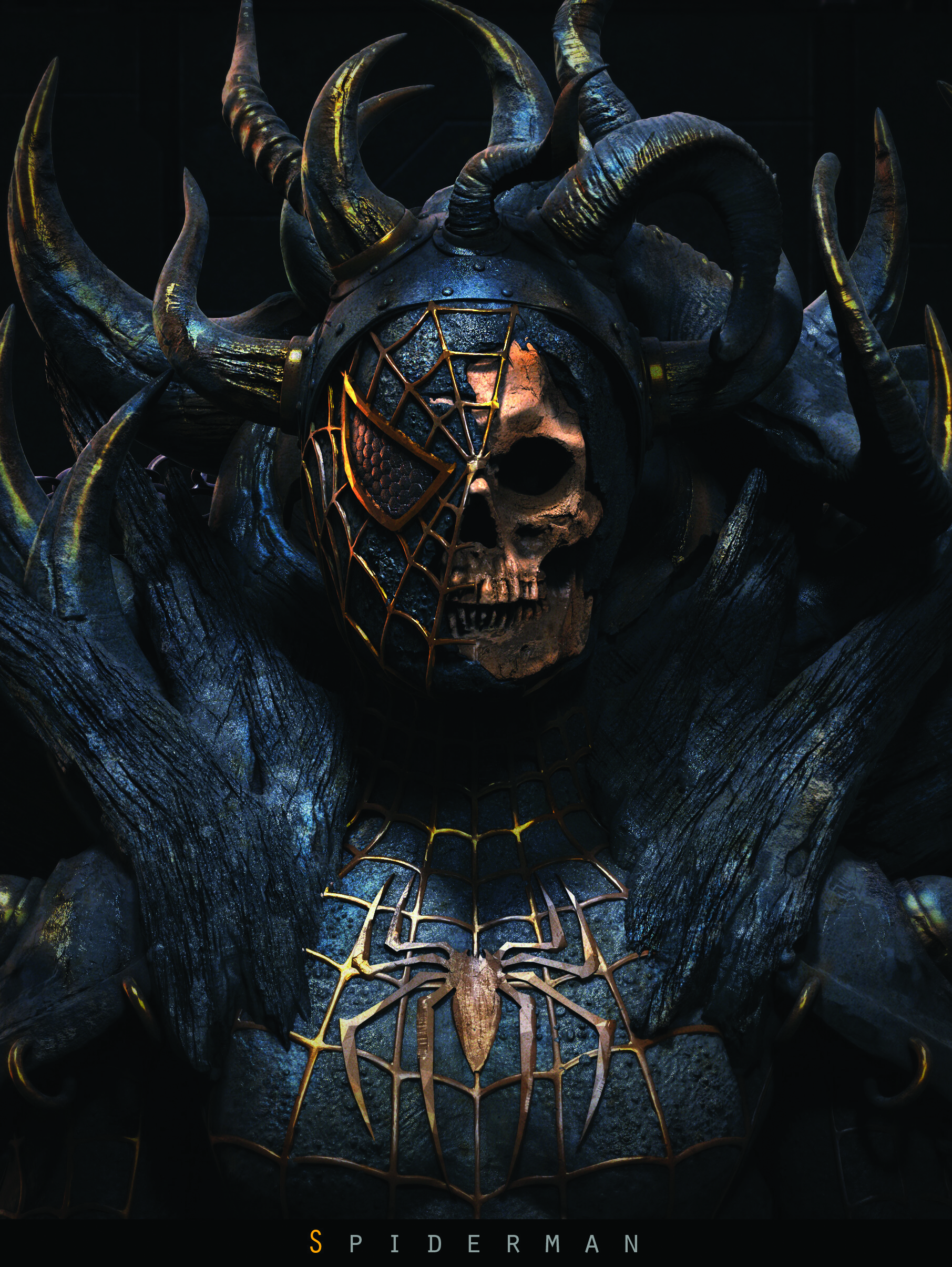
What’s your balance of personal and professional work?
My professional work and personal work differ only from a creative point of view, as I have to work as per my director’s instructions and achieve their goal professionally.
I enjoy this because it gives me new challenges in a fixed timeline. In my personal work, I follow my own instructions and obviously get some time for relaxation. But I feel really fortunate with the creative liberty.
I get a lot of freedom in both my professional and personal work, including what I’m handed by my directors.
What have been the hardest details to master and how have you overcome these challenges?
I always wanted to be a character artist as opposed to a character modeller, so I’m always trying to study beyond the tools, software, plugins and so on.
After a certain amount of time, we learn all the tools and software, but I don’t believe this is enough to develop a virtual character, a situation I’ve been faced with several times.
I believe a character’s appeal is the one and only key to developing them, and this doesn’t depend on any form of technology; it depends only on the artist’s perception and skill. To date, I’m still trying to learn more about this.

What advice do you have for new artists who want to improve their 3D skill set?
Nowadays, digital sculpting is the most important part of the VFX industry, from previs right the way through to postvis, endless detailing, character buildup, facial expressions and producing it at speed, all while achieving a hyper-realistic output. VFX is, without a doubt, a creative space.
Among other innovations within the industry, VFX technology and digital sculpting tools have already raised the bar for film production.
I remember someone once asked me, ‘What is the key skill for being a good digital sculptor?’ I couldn’t think of a better answer than ‘obsession’.
An obsession for learning, an obsession for skill, and an obsession for knowledge. If you know the fundamentals of sculpting anatomy, it allows you to visualise your sculpture before you begin creating it, and the software will then help you achieve it.
The knowledge of anatomy and basic traditional sculpting will help you to grow as a digital sculptor. And, obviously, you need passion too.

What has been your greatest achievement as a 3D artist so far?
I believe every step I’ve taken in my career on the way to making progress is an achievement itself. At present, there are two projects I consider as great achievements. The first, Love Sonia, was an Indian Hindi-language film drama that was released in 2018.
It was directed by Tabrez Noorani and produced by David Womark, who had been nominated for an Academy Award for his work on Life of Pi. I worked as a 3D character artist with artists from India and other parts of the world, and learned lots.
In addition there’s also Pathaan, which was a high-octane spy blockbuster that starred Shah Rukh Khan, and was directed by Siddharth Anand and produced by Yash Raj Films.
I worked on it with an excellent VFX team, full of great artists, and handled all the CG character modelling, digital sculpting and facial expressions.
There’s one great memory I want to share too. I sculpted and textured a snake and butterfly that looked so realistic that [animal rights group] PETA thought we’d used the real animals, so we had to send them models with wireframe renders to show they were CG. That gave me more inspiration for my work.
Finally, other than these many remarkable steps I’ve taken, a single comment from an intern or student, or even from my five-year-old daughter is a great achievement for me.
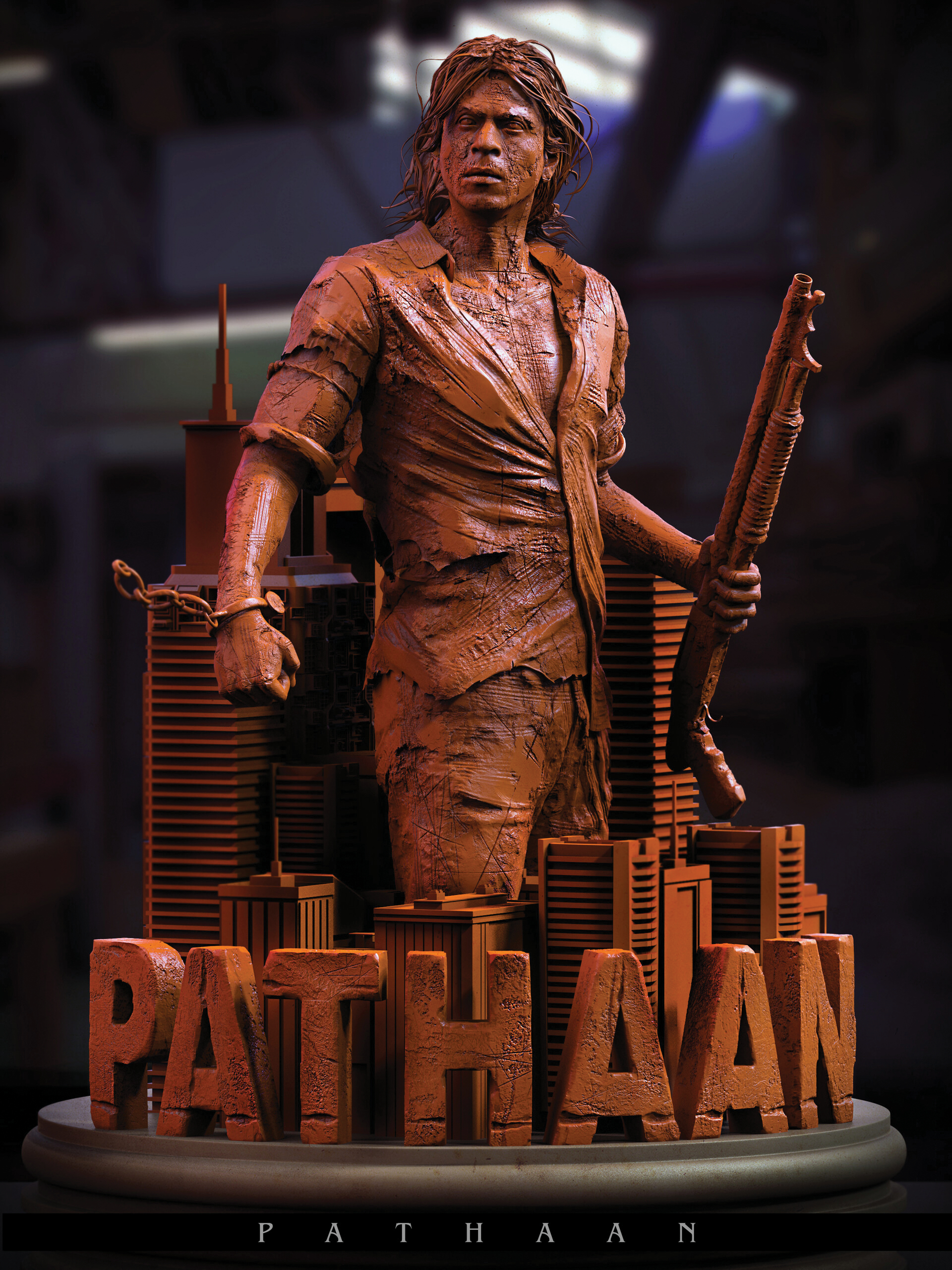
Read our round-up of the most inspirational 3D art for more insights. For a tech upgrade, read our guides to the best laptops for 3D modelling and the best drawing tablets.







